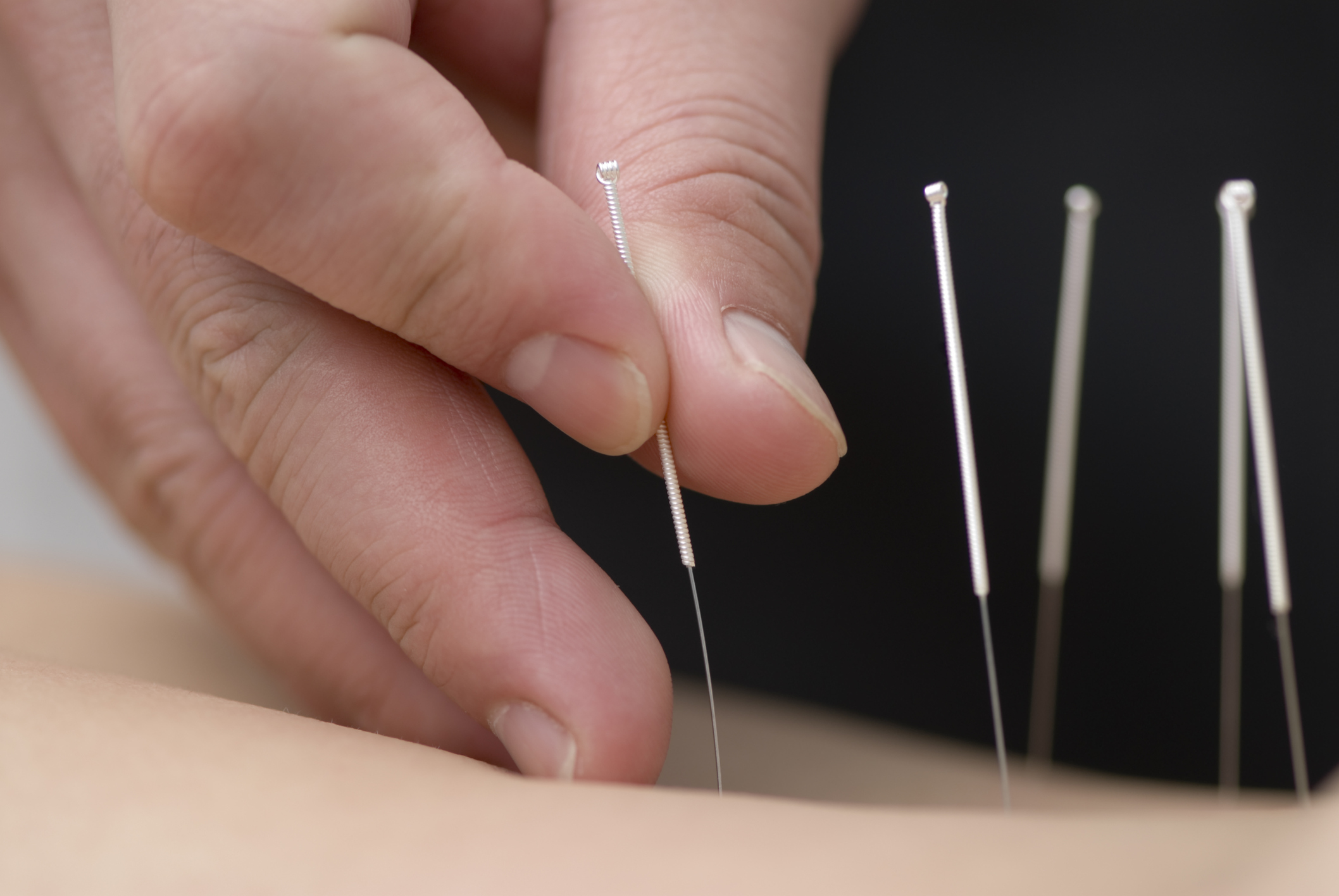Acupuncture originated in China before the Common Era (more than 5000 years ago). The people of the time looked to nature for the treatment of pain and illness. People would pick up random stone from the ground and press it on the site of discomfort. Overtime, they realized that pressure exerted on a specific area would be more effective in alleviating certain pain or symptoms associated with certain body parts or diseases. These areas will later be known as Acupoints. Acupuncture continued to develop over the next few centuries. The needles crafted from stones and bones have also been refined to the hair-thin metal needles that practitioners use today. These hair-thin needles minimize the discomfort of patients and allow practitioners to hit the acupoints precisely. Practitioners discovered and mapped out the meridian and acupoints on the human body. Through trials and errors, they learned about the function of each point and how the simultaneous stimulation of different points can produce therapeutic effects. For instance, the “Zu San Li” point on the foot, when combined with “Nei Guan” point, is effective for treating digestive issues. According to modern research, acupuncture can stimulate the central nervous system, which in turn triggers the pituitary gland to release hormones such as endorphins into the body to alleviate pain. Acupuncture can also stimulate the body’s bioelectricity activity (i.e. perinergic signaling), the endocrine system, or immune system to enhance the body’s natural healing abilities; and produce therapeutic effects. National Institutes of Health (NIH) acknowledged acupuncture efficacy in the Consesus Conference of 1997. The World Health Organization (WHO) has listed the variety of diseases or disorders which acupuncture treatment can improve (alone or together with conventional medicine). These conditions are joint pain, insomnia, stress, etc.


Acupuncture
